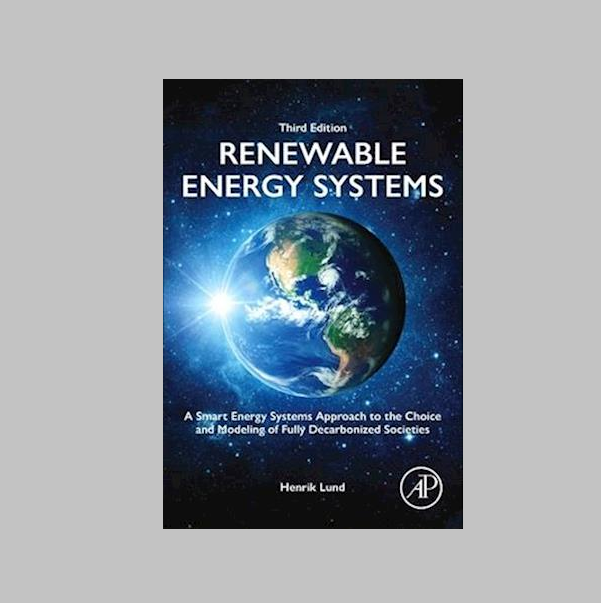The Potential Role of Compressed Air Energy Storage in Denmark (2005-2007)
Authors:
Henrik Lund, Georges Salgi
In 2005-2007, the EnergyPLAN model was used in a project to investigate if Compressed Air Energy Storage (CAES) would be a feasible technology in the Danish Energy System. The project was conducted in a collaboration with the Department of Mechanical Engineering at the Technical University of Denmark and the company DONG Energy and was funded by the Danish TSO Energinet.dk.
The EnergyPLAN model was used to analyse the consequences for the overall Danish energy system of investing in two different CAES technologies defined by DTU and DONG. Moreover, in collaboration with the company EMD, the study conducted business-economic analyses of using CAES on the spot market as well as on the regulating power market.
The study concluded that the benefits of using CAES in terms of fuel savings and the integration of wind power into the electricity supply are too small to balance the investment and operation costs. Other alternatives such as, e.g., investment in heat pumps are more cost-effective. The business-economic analyses were conducted for every year between 2000 and 2006 and reveal that the investment in CAES involves a high risk, since the income differs substantially from one year to another. In average, the investment is not feasible even if the operation on the regulating power market is included. The final report (mainly in Danish) can be downloaded here.
The results have also been published in the following journal papers:
Contact
If you experience further challenges using the model that are not answered in any one of pages at the site, you are more than welcome to contact us and we will try to help you.
Email us hereBook, 3rd Edition out now

3rd Edition Renewable Energy Systems – A Smart Energy Systems Approach to the Choice and Modeling of Fully Decarbonized Societies
By Professor Henrik Lund
List price: USD 100.00 / GBP 76.76 / EUR 87.20
Buy here